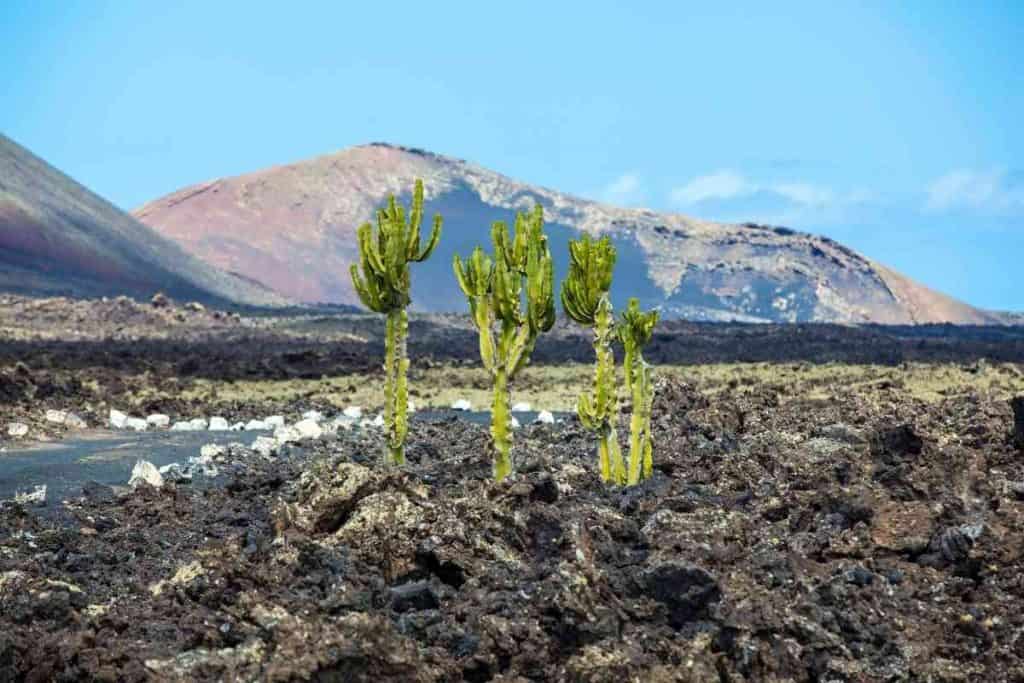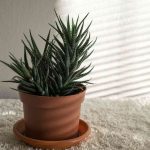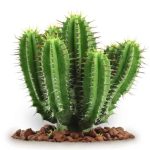Getting the best out of your vegetables by growing them in pots or raised beds begins with the best organic potting soil you can get.
To avoid complications or risks, you can create your potting mix at home. But can you use cactus soil for vegetables?
Yes, cactus soil works well for vegetables! Most vegetables, especially tomatoes, cucumbers, peppers, etc., feed heavily from the soil. Growing them in poor soil weakens their roots, stems, and foliage, thereby yielding poor harvest.
Cactus soil is often dry and imitates the cactus environment. It goes well with plants that don’t need water and moisture, and most vegetables are among these plants.
Cactus Soil Overview
Cactus Soil is also called Cactus Potting Mix or Succulent Soil Mix and is significantly used to grow shallow cactus root systems.
The cactus soil is an ideal mix for cactus houseplants, succulent plants, and bonsai trees. Cactus soil provides your plant with the perfect growth it needs, as long as you provide it with the best care possible.
Cactus soil consists of inorganic materials like pumice, chicken grit, gravel, or perlite. Sometimes, it features a small quantity of organic compost such as coco coir, produced out of coconut husks and sphagnum peat moss.
The cactus soil is perfect for cactus plants like succulents since its leaves or stem can retain moisture.
The stored moisture can make them survive the desert conditions and long periods of drought. The external plant’s components have gotten used to the dry and warm season, including the root systems.
Because it is difficult for desert soils to get soaked for long periods, cactus roots will hardly react well to regular moisture, and if allowed to get too wet or stay in the water, it will cause root rot and even death of the plant.
The best way to prevent your cacti plants from getting too wet is by using a well-draining system. If allowed to get soggy, it will develop root rot.
Hence, you must ensure that water quickly runs through the soil to make it damp but not too muddy and should be dried entirely within 5 to 7 days after watering, based on the cactus position.
Can You Use Cactus Soil For Vegetables?

Having gone through a brief review of what cactus soil is about, you must have gotten some idea about whether you can use cactus soil for vegetables.
When we talk about vegetables, we are talking about plants like tomatoes, cucumbers, peppers, etc. These set of plants and several others alike notably thrive when feeding on the soil.
Therefore, the kind of soil you use for planting them plays a major role in their healthy growth and even survival. Poor or inadequate soil hinders their growth and significantly causes their roots, stems, and foliage to become weak, thereby resulting in insufficient harvest, at best.
As we earlier mentioned, cactus soil is often dry and imitates the cactus environment, which is always dry and features low nutrients.
Since vegetables do not need water and moisture and can survive the desert areas, as they store moisture in their leaves and other parts, this means cactus soil will work best on it.
On the other hand, most of these vegetables possess shallow and fragile roots; therefore, they do not require water often. If you insist on watering them, the soil will remain wet and affect its growth.
In other words, you can use the cactus soil or fertilizer on your vegetable plants, and they will be fine.
Growing indoors? Ensure the soil has a good drainage system and better aeration to avoid pest and fungal infestations.
How to Create Cactus Soil for Vegetables
Already-made cactus soil is available for purchase online and in physical shops.
However, with the recommended ingredients and steps, you can create your cactus soil at home, and your vegetables will grow well and yield a bountiful harvest.
Ingredients
If you want to create a proper cactus soil mix for your vegetables, the following ingredients should be available;
- Vermiculite – Peat moss
- Manure – Bark Shreds
- Straw and Compost – Clay
- Coconut Coir – Sphagnum Moss
For easy creation of proper cactus soil mix for vegetables, follow the steps below;
- Step 1: Provide two parts of potting soil. This could be any of the commercial soil that can be used for other plants. You can also see several industrial soils that are sold as succulent and cactus mix. You are free to use it, coupled with an additional boost to the cactus soil.
- Step 2: Mix one part of the perlite, as it is created from volcanic glass, clearly the primary ingredient of the cactus soil. It is mixed with the cactus soil to enhance the air pockets and ensure there is enough aeration.
- The mixture will also enable the soil to avoid staying compact and enhance proper damp and moist material drainage.
- Step 3: Finally, mix one part of grit. It is also okay to add a bit of gravel or huge particles of sand. Another alternative is to add real chicken grit. All of these mixtures help to prevent the soil from staying compact.
Note: These processes of creating cactus soil for vegetables are widely considered the easiest method that comes with sufficient moisture.
It also ensures the roots of your plants dry out as well as give the plants the right amount of moisture. It will also give the plants the organic matter and nutrients they need, thus avoiding inorganic fertilizers.
So yeah, to the question ‘Can you use cactus soil for vegetables?’, the answer is yes. Let’s try this out, shall we?
Read Also:




